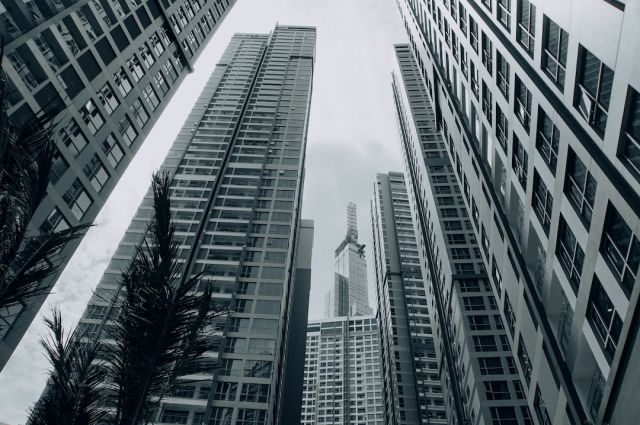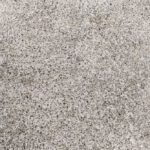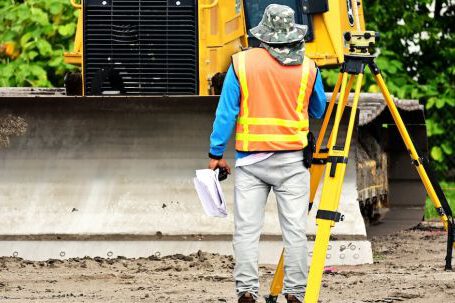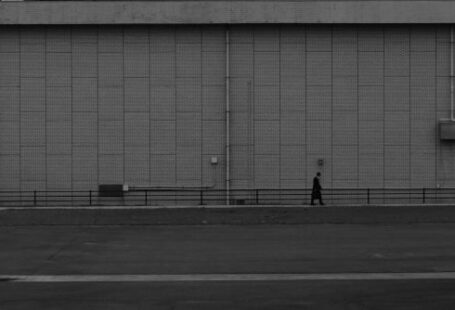The world of lifts and elevators is constantly evolving, with new technologies appearing on the market every year. From smart lifts to energy-efficient solutions, there are a number of ways to modernize your lift system. In this article, we will take a comprehensive look at the latest lift technologies available and how they can benefit your business.
Smart Lifts
Smart lifts are a great way to boost the efficiency of your lift system. They use advanced technology to optimize lift movements and reduce energy consumption. Smart lifts come with a range of features, including:
- Intelligent scheduling: Smart lifts are able to learn when the busiest times of day are and can adjust the lift’s movements accordingly, ensuring the most efficient use of the lift.
- Smart sensors: The sensors used in smart lifts can detect when people are in the lift and when they are getting off. This helps reduce the amount of energy wasted by having the lift wait for passengers who have already disembarked.
- Remote control: Smart lifts come with a remote control, allowing operators to monitor and control the lift from a distance. This is especially useful in large buildings where the lift needs to be monitored from multiple locations.
Smart lifts are becoming increasingly popular in commercial and residential buildings, as they offer a number of benefits. Not only do they help reduce energy consumption, but they also provide a more efficient and comfortable ride for passengers.
Energy-Efficient Lifts
Energy-efficient lifts are designed to reduce energy consumption and help reduce a building’s carbon footprint. They use a range of advanced technologies to optimize the lift’s movements and reduce energy consumption. Some of the key features of energy-efficient lifts include:
- Power-saving mode: Energy-efficient lifts come with a power-saving mode, which reduces the amount of energy used when the lift is not in use. This helps to reduce energy costs and emissions.
- Regenerative braking: Regenerative braking helps to capture energy generated by the lift and store it for future use. This helps to reduce energy costs and emissions.
- Motion sensors: Motion sensors help reduce the energy used by the lift by detecting when people are getting on and off the lift. This helps to reduce the amount of energy wasted by having the lift wait for passengers who have already disembarked.
Energy-efficient lifts are becoming increasingly popular in modern buildings, as they help to reduce energy costs and emissions. They are also much quieter than traditional lifts, providing a more comfortable ride for passengers.
Smart Building Technology
Smart building technology is becoming increasingly popular in modern buildings. Smart buildings use a range of advanced technologies to increase efficiency and reduce energy costs. Smart lifts are an integral part of smart buildings, as they are able to communicate with other smart technologies in the building. This allows the lift to be monitored and controlled remotely, as well as optimize the lift’s movements to reduce energy consumption.
Smart building technology is becoming increasingly important in modern buildings, as it helps to reduce energy costs and emissions. Smart lifts are an essential part of any smart building, as they help to optimize the lift’s movements and reduce energy consumption.
Conclusion
The world of lifts and elevators is constantly evolving, with new technologies appearing on the market every year. From smart lifts to energy-efficient solutions, there are a number of ways to modernize your lift system. Smart lifts, energy-efficient lifts, and smart building technology are just some of the latest lift technologies available, each offering a range of benefits to businesses. Investing in the latest lift technologies can help reduce energy costs and emissions, while also providing a more efficient and comfortable ride for passengers.






